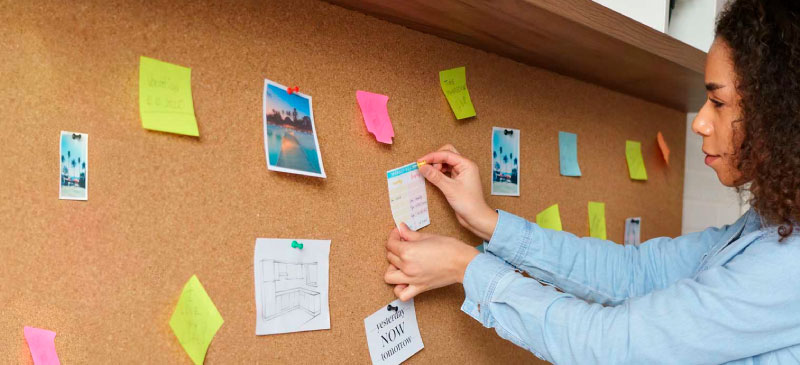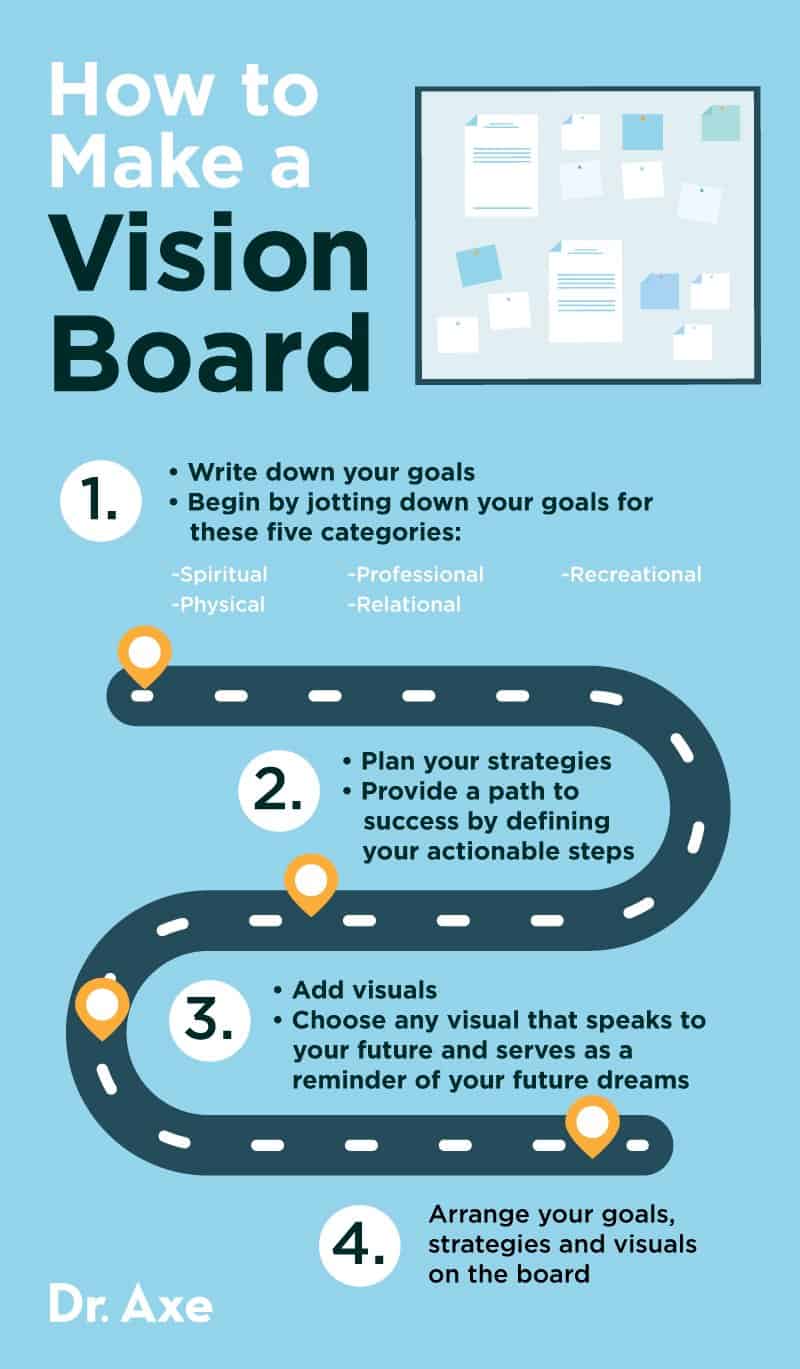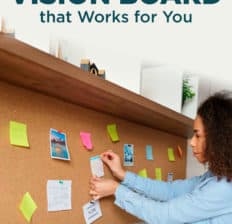This Dr. Axe content is medically reviewed or fact checked to ensure factually accurate information.
With strict editorial sourcing guidelines, we only link to academic research institutions, reputable media sites and, when research is available, medically peer-reviewed studies. Note that the numbers in parentheses (1, 2, etc.) are clickable links to these studies.
The information in our articles is NOT intended to replace a one-on-one relationship with a qualified health care professional and is not intended as medical advice.
This article is based on scientific evidence, written by experts and fact checked by our trained editorial staff. Note that the numbers in parentheses (1, 2, etc.) are clickable links to medically peer-reviewed studies.
Our team includes licensed nutritionists and dietitians, certified health education specialists, as well as certified strength and conditioning specialists, personal trainers and corrective exercise specialists. Our team aims to be not only thorough with its research, but also objective and unbiased.
The information in our articles is NOT intended to replace a one-on-one relationship with a qualified health care professional and is not intended as medical advice.
Vision Board: What Is It? How Does It Work? (Plus How to Make One)
January 29, 2023

A vision board is a reflection of your dreams and goals that serves as a daily reminder of where you want to be in your life. It’s an easy way to visualize your intentions and transform your life.
To some, this may seem like a silly arts and crafts exercise, but it’s actually a tool to help you stay focused on pinpointing and then achieving your goals. Like journaling, it’s an excellent way to engage in self-reflection and boost positivity.
Dreaming and having a vision are what life’s all about! What is your purpose, and why are you here?
Creating a vision board allows you to get your intentions out in the open. Then going back to your board daily, saying your goals out loud and looking over your visuals will keep you on track and help bring your dreams into reality.
What Are Vision Boards?
Vision boards are an excellent form of visualization that work to turn your hopes and desires into poster board-sized inspiration. They help promote goal setting and make it easy to prioritize your values.
Your inspiration board will highlight what you want from your life and how you plan to get there. Once a vision board is completed, it serves as a daily reminder of your goals and intentions, keeping you motivated and on track.
It also helps you avoid going down paths that weren’t part of your future plans or intentions.
The idea is to manifest your future by visualizing it and returning to that visualization daily. It’s a constant reminder of where you’re going and why.
How to Make a Vision Board
The process of making a vision board is easy, fun and even therapeutic. It can be done on a poster board, magnetic whiteboard or corkboard and should be hung in an area that you pass morning and night.
To make your vision board, follow these steps:
Step One: Write Down Your Goals
The first step to creating your dream board is to sit down and begin writing down your personal life purpose or dream. This may seem difficult to nail down, so begin by jotting down your goals for these five categories:
- Spiritual
- Physical
- Professional
- Relational
- Recreational
For each one of these areas, think about what you want to accomplish in the next one to five years. Pinpoint and write down your goals for each category.
For example, a spiritual goal can be 30 minutes of meditation or prayer every morning. For physical accomplishments, maybe it’s losing 10 pounds or running your first 5K.
The key is to be as specific as possible when writing your goals. While you have to be realistic, you also want to push yourself to set an intention that you can work toward.
Step Two: Plan Your Strategies
Once you’ve written down your goals for each category, you should add your strategies for accomplishing those goals. Provide a path to success by defining your actionable steps that will help your vision become a reality.
For example, if your spiritual goal is to meditate for 30 minutes a day, your strategy may be to wake up 30 minutes earlier and do it first thing in the morning.
Step Three: Add Visuals
Not that you’ve highlighted your goals and strategies, it’s time to get visual. Flip through magazines, personal photos or online images for visuals that express your intentions.
Choose any visual that speaks to your future and serves as a reminder of your future dreams. You can also cut out or print words that have a special meaning to you or motivating quotes.
Now it’s time to arrange your goals, strategies and visuals on the board.

Ideas to Get Started
The hardest part of vision boarding may be defining your personal goals. It’s OK if this takes some time because it will be at the core of your vision board.
Need some ideas to get you started? Of course, vision boarding is deeply personal and should reflect your specific goals and intensions.
If you are having trouble pinpointing clear, realistic goals, here are some examples of what goals and strategies can look like:
- Spiritual: Practice meditation or prayer for 30 minutes per day.
- Wake up at 6 a.m. and begin meditation/prayer first thing in the morning.
- Physical: Lose 10 pounds and maintain healthy weight.
- Drink a green smoothie for breakfast every morning, and reduce portion sizes for lunch and dinner.
- Professional: Add $100 to savings every month ($6,000 in five years).
- Prepare coffee and lunch at home instead of going out for it, and put $25 per week aside for savings account.
- Relational: Participate in women’s circle every month.
- Find five to 10 like-minded women, and form a monthly women’s circle that gathers to discuss wellness, intentions and strategies.
- Recreational: Spend more time outdoors.
- Go on one hike or outdoor walk per week, and plan it ahead of time.
To add your goals and strategies to the image board, they can be typed out, printed and added right in the middle, or maybe each category gets its own area of the board. The arrangement is up to you and should be aesthetically pleasing, since you’ll be going back to it for guidance frequently.
How to Use It
Use your vision board to remind you of why life is exciting and purposeful. It serves as your daily reminder of where you are and where you want to be.
The key is to place it somewhere in your home that will allow the board to provide daily inspiration. Perhaps this is in your bathroom, office or bedroom.
Here’s what to do with your board:
- Look at it when you wake up in the morning and before you go to sleep at night.
- If you are feeling defeated, spend some time looking over your board to get yourself back on track and boost motivation.
- Leave space open on your board to add in new goals and intentions.
- Speak to your board. This may seem silly, but practice saying your goals out loud and bringing them into existence.
Benefits
What are the benefits of a vision board? Here are a few:
1. Promotes Goal Setting
You’ve probably been told to set goals before, but why are they so important? Research shows that goal setting is a strategy that assists individuals to identify behaviors to change and create action steps.
Setting goals and action planning can promote healthy behavior changes, positively impacting overall wellness.
Goal setting is even considered a fundamental component of successful interventions, and it has been shown to maximize behavior change.
2. Boosts Motivation
Visualization has been found to result in significantly stronger intentions when it’s combined with a heath message or goal. That’s exactly what you’re doing with the vision board template.
Combining goals and action steps with visuals boosts motivation and makes you much more likely to follow through with your intentions.
3. Fights Depression and Improves Mood
Goal achievement can help boost mood, promote mental and emotional health, and fight depression. In an Australian study, goal setting and achievement were found to have a positive effect on the mental health recovery of patients in community-managed organizations.
Things to Keep in Mind
Keep in mind that, with time, your goals and intentions may shift. That’s OK!
You can refresh your board whenever needed. You may also achieve some goals and have to set new ones.
Plan to refresh your board every year, maybe around your birthday. This is an excellent opportunity to analyze how far you’ve come in one year, how close you are to accomplishing your goals and what new goals you can set for yourself going forward.
Remember, having a vision board alone isn’t going to make your dreams a reality. It serves as a place to remind and inspire you, but actions will be needed to realize your goals and desires.
Conclusion
- Visualization is a powerful mind exercise that promotes goal setting and achieving. A vision board allows you to define your goals and strategies, while adding motivating and inspiring visuals.
- A vision board highlights what you want out of life and reminds you of it every day.
- After you’ve created your board, put it in a place that you will revisit daily, and spend time looking at it, speaking it and manifesting your intentions.








